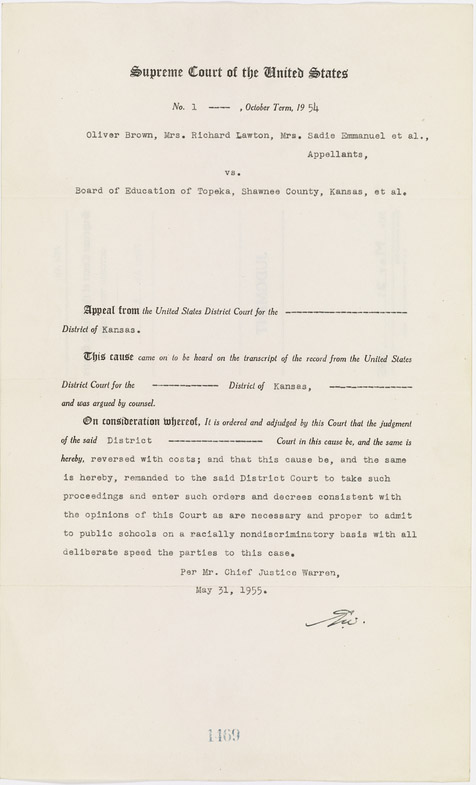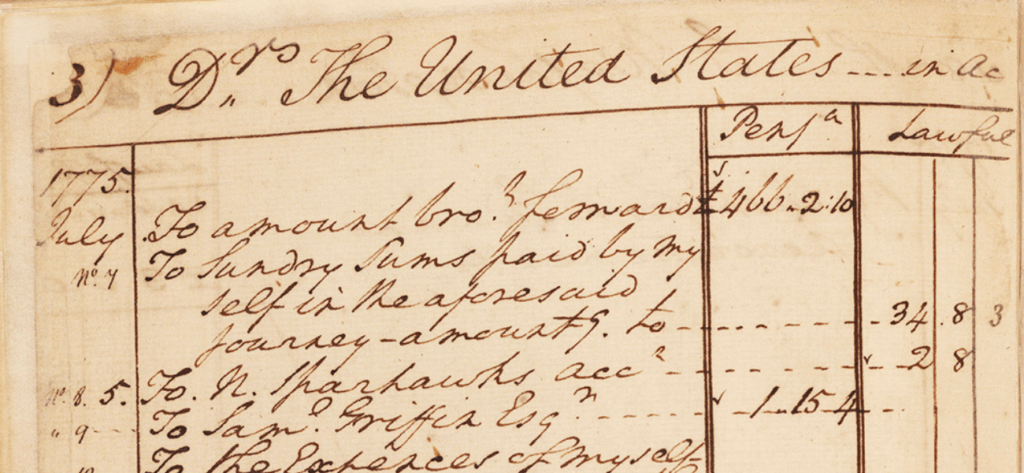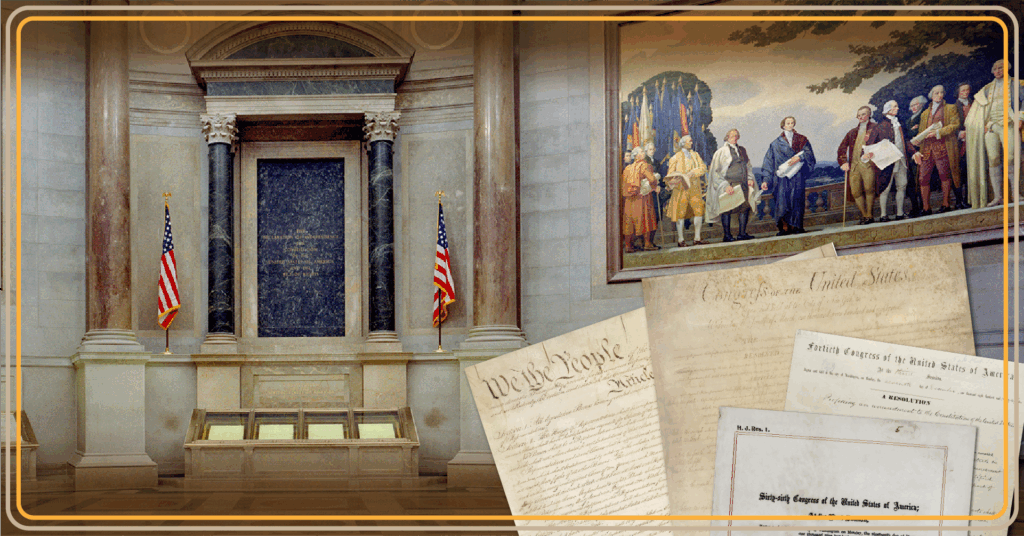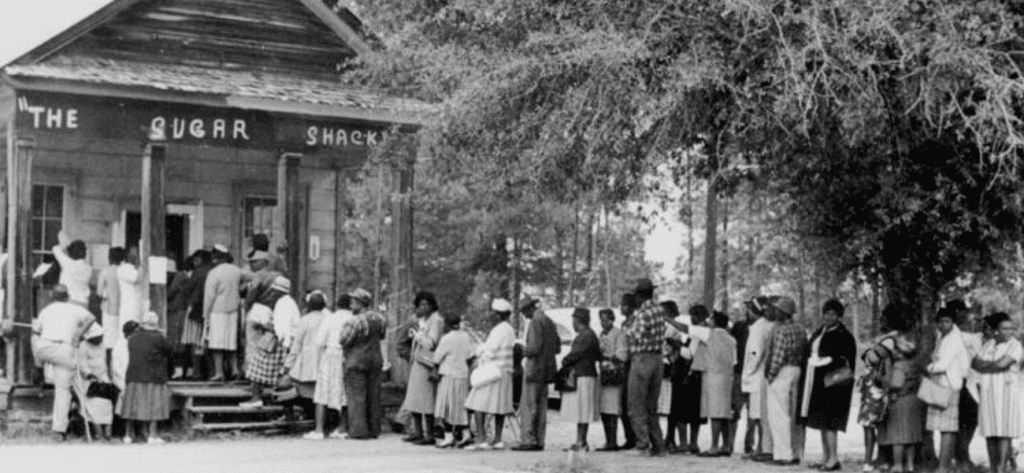Thursday, February 1, 2024 – Wednesday, February 28, 2024
East Rotunda Gallery

Equity in Education: 70 Years Later
On May 17, 1954, the Supreme Court delivered a unanimous ruling in Brown v. Board of Education of Topeka that “separate but equal” was unconstitutional in public schools. Overturning the 1896 decision in Plessy v. Ferguson that allowed for school segregation, this landmark decision made it clear that racial discrimination in public schools was a violation of the 14th Amendment. The Supreme Court opinion written by Chief Justice Earl Warren stated that “separate educational facilities are inherently unequal.” A follow-up judgment delivered in 1955 directed the states to develop desegregation plans “with all deliberate speed.”
President Dwight D. Eisenhower faced a major challenge to school desegregation in 1957. Known as the “Little Rock Crisis,” Eisenhower sent federal troops to Central High School in Little Rock, Arkansas, to uphold school desegregation efforts. Five years later, John F. Kennedy appealed to the public to uphold the law as James Meredith became the first African American to register at the University of Mississippi. Every President since has faced challenges improving equity in education, whether it be Richard Nixon signing the Education Amendments Act of 1972, William J. Clinton’s era of educational reform, George W. Bush’s No Child Left Behind Act of 2001, or Donald J. Trump’s 2020 executive order expanding school choice.
Research by the Government Accountability Office released in 2019 notes that while student populations have become increasingly more diverse, schools themselves continue to be divided along economic and racial lines. Despite expanded efforts in the fight for social justice and equality, racial equity in education continues to be elusive 70 years later.

Supreme Court Judgment for Brown et al. v. Board of Education of Topeka et al., May 31, 1955.
This judgment was issued a year after the landmark ruling clarified that racial segregation in public schools was unconstitutional. Known as Brown II, the judgment directed the states to desegregate schools “with all deliberate speed.” Records of the Supreme Court of the United States
For more information, click here.
This Featured Document Display is made possible in part by the National Archives Foundation through the generous support of Verizon.




